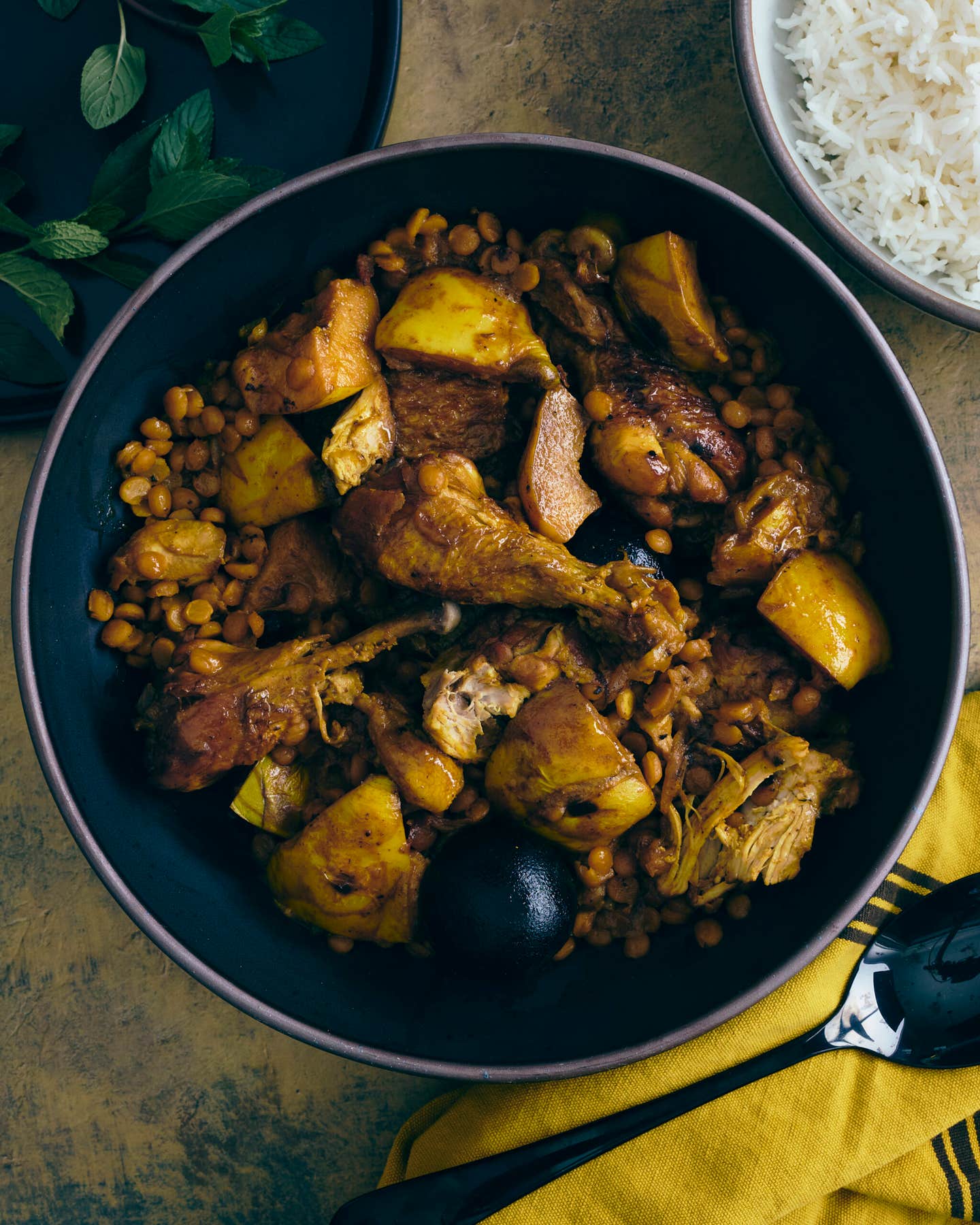
Almost all supermarket hams—the ones most Americans associate with holiday roasts-—are what's known as "city hams," whole or half hind legs of pork that have been wet-cured by being injected with a brine solution of water, salt, sugar, and other seasonings before they're smoked and cooked. City hams can make beautiful roasts that stand up well to glazes and spice rubs (see recipes for ** apricot-ginger glazed ham**, and ** pineapple-chipotle glazed ham**). Here are a few guidelines for buying:
Check the Label
Products labeled simply "ham" are of the highest grade and the costliest; they have true pork flavor and fine-grained meat. Those with the label "ham in natural juices" can be a good value; they contain extra water and stay juicy when baked. Hams labeled "ham, water added" contain an even greater amount of water and are less flavorful. Avoid products labeled "ham and water product"; they contain as much water as can be pumped into the ham and have a diluted, bland flavor.
Bone or No Bone?
A whole bone-in ham delivers the best flavor, texture, and value. We prefer to boil whole hams before baking them to speed up the cooking time and keep them moist. A semiboneless ham has a portion of the bone removed for easier carving and cooks much faster than a bone-in ham. Many semiboneless hams come presliced or "spiral cut," which makes for easier slicing. Be sure to wrap a spiral-cut ham in aluminum foil or a roasting bag before cooking to lock in the ham's moisture. Boneless hams are reshaped in a machine, which can affect the texture; choose one that has the natural shape of the leg, which indicates that there was less manipulation.
Whole Ham or Half Ham?
Most whole hams range from 10 to 20 pounds. Supermarkets also carry half hams from either the shank (the narrow tapered end) or the butt or sirloin (the fatter, rounder end). A shank-end ham is easier to carve, while a sirloin-end ham is meatier.
Keep Reading
Continue to Next Story










